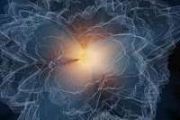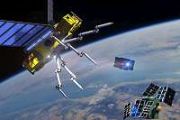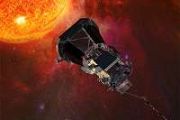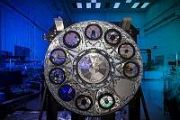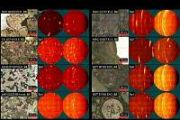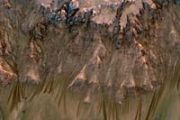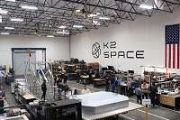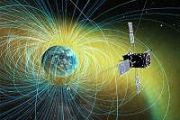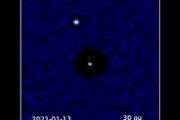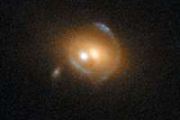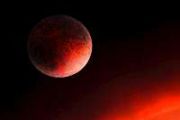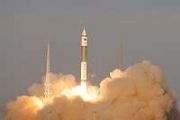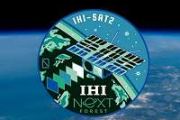
Copernical Team
NASA sees progress on Starlab commercial space station development
This request seems a bit unusual, so we need to confirm that you're human. Please press and hold the button until it turns completely green. Thank you for your cooperation!
Press and hold the button
If you believe this is an error, please contact our support team.
185.132.36.159 : 00d4e936-eaf0-454f-978d-84468df7
SpaceX aims for 3 rocket launches, 1 Dragon landing in 20 hours
This request seems a bit unusual, so we need to confirm that you're human. Please press and hold the button until it turns completely green. Thank you for your cooperation!
Press and hold the button
If you believe this is an error, please contact our support team.
185.132.36.159 : cd3aebb8-49a5-42f2-af18-5dfeff28
Brain cells mature faster in space but stay healthy: ISS study
This request seems a bit unusual, so we need to confirm that you're human. Please press and hold the button until it turns completely green. Thank you for your cooperation!
Press and hold the button
If you believe this is an error, please contact our support team.
185.132.36.159 : f71afa96-ce40-49db-8845-0b830eba
NASA finalizes strategy for sustaining human presence in low Earth orbit
This request seems a bit unusual, so we need to confirm that you're human. Please press and hold the button until it turns completely green. Thank you for your cooperation!
Press and hold the button
If you believe this is an error, please contact our support team.
185.132.36.159 : 618c9270-f68c-403a-9069-8db32766
Building concrete on Mars from local materials
This request seems a bit unusual, so we need to confirm that you're human. Please press and hold the button until it turns completely green. Thank you for your cooperation!
Press and hold the button
If you believe this is an error, please contact our support team.
185.132.36.159 : 04a8df36-2988-4e65-bc95-68034ab4
Image: Artemis II core stage moves to High Bay 2
This request seems a bit unusual, so we need to confirm that you're human. Please press and hold the button until it turns completely green. Thank you for your cooperation!
Press and hold the button
If you believe this is an error, please contact our support team.
185.132.36.159 : 0fd095ac-be2c-45a7-a5c1-6606f8e1
Fit-check timelapse: Themis reusable rocket stage demonstrator
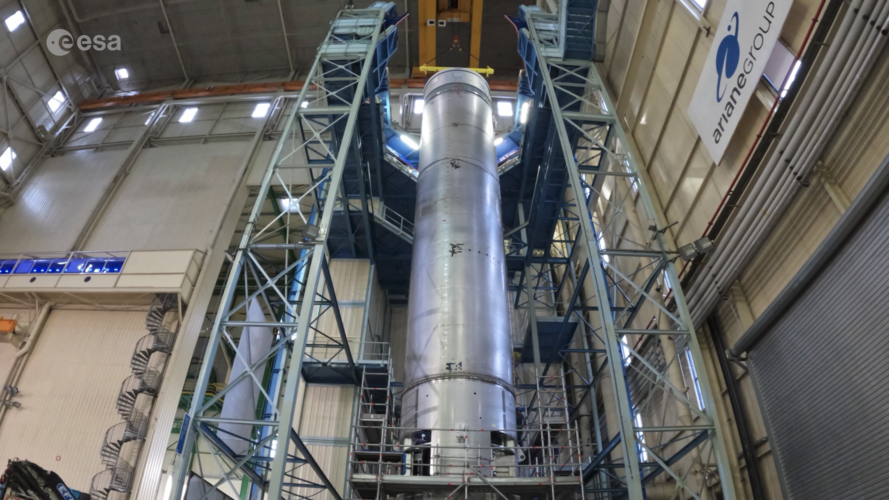 Video:
00:01:20
Video:
00:01:20
In December 2024 the first Themis – Europe’s demonstrator of a reusable rocket first stage – completed a ‘full fit-check’ standing tall at ArianeGroup’s facility in Les Mureaux, France.
This step in the rocket development proves that all main elements fit together as planned, confirming the mechanical connections and interfaces from the lower to the upper parts of the rocket stage connect smoothly and as intended.
The 28-m tall model includes the main elements for Themis such as the engine bay, the fuel tanks, the flight control bay and the upper part. It is powered by the new-generation European Prometheus, an
ESA 2024 Highlights: flight of the Ariane 6
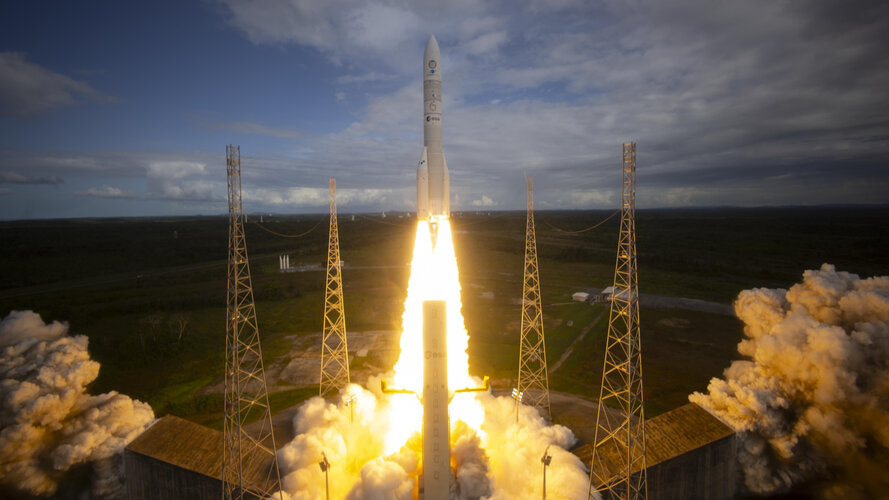 Video:
00:11:10
Video:
00:11:10
In 2024, ESA continued to drive Europe’s innovation and excellence in space, equipping the continent with advanced tools and knowledge to address global and local challenges. The year saw pioneering missions, cutting-edge satellites and the pivotal restoration of Europe’s independent access to space.
The first Ariane 6 launch was perhaps ‘the’ highlight of the year but it was only one of many achievements. We saw the last Vega launch and then the return to flight of Vega-C, the more powerful, upgraded version carrying Sentinel-1C.
Far away in our Solar System, the ESA/JAXA BepiColombo spacecraft performed twoMercury flybys in 2024, needed so that it can enter orbit around Mercury in 2026. Juice also performed a crucial gravity assist,
Fit for service: Themis reusable rocket stage demonstrator
 Image:
Fit for service: Themis reusable rocket stage demonstrator
Image:
Fit for service: Themis reusable rocket stage demonstrator SpaceX launches Space Force Rapid Response Trailblazer
 US Space Force Space Systems Command (SSC) and Space Operations Command (SpOC) successfully executed a critical Rapid Response Trailblazer (RRT) mission in partnership with SpaceX. A Falcon 9 rocket launched the National Security Space Launch (NSSL) mission carrying the Global Positioning System (GPS) III space vehicle, SV-07, on Dec. 16 at 7:52 p.m. EST from Cape Canaveral Space Force Station,
US Space Force Space Systems Command (SSC) and Space Operations Command (SpOC) successfully executed a critical Rapid Response Trailblazer (RRT) mission in partnership with SpaceX. A Falcon 9 rocket launched the National Security Space Launch (NSSL) mission carrying the Global Positioning System (GPS) III space vehicle, SV-07, on Dec. 16 at 7:52 p.m. EST from Cape Canaveral Space Force Station, 



